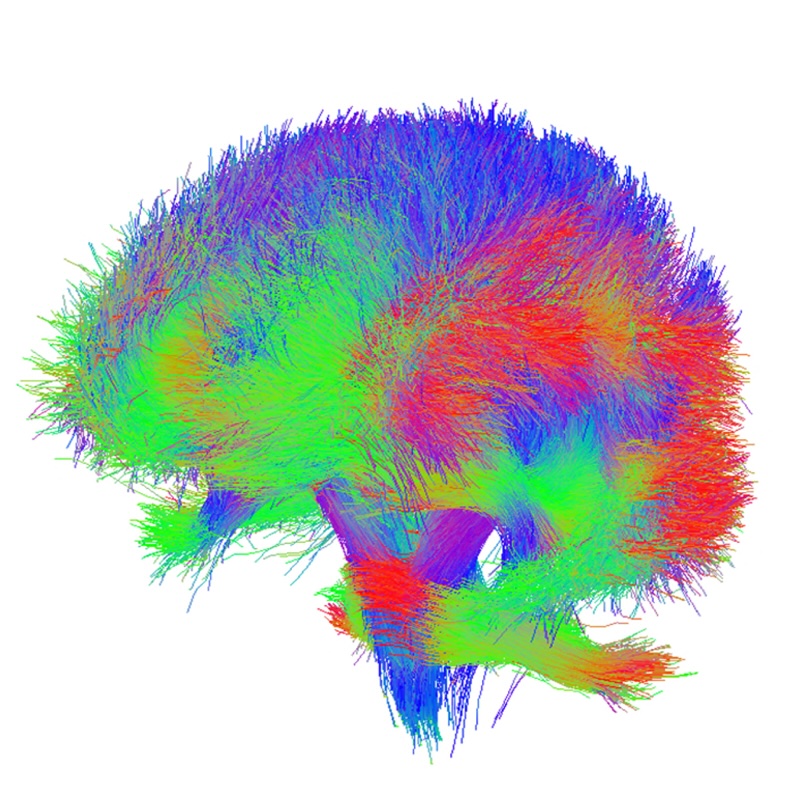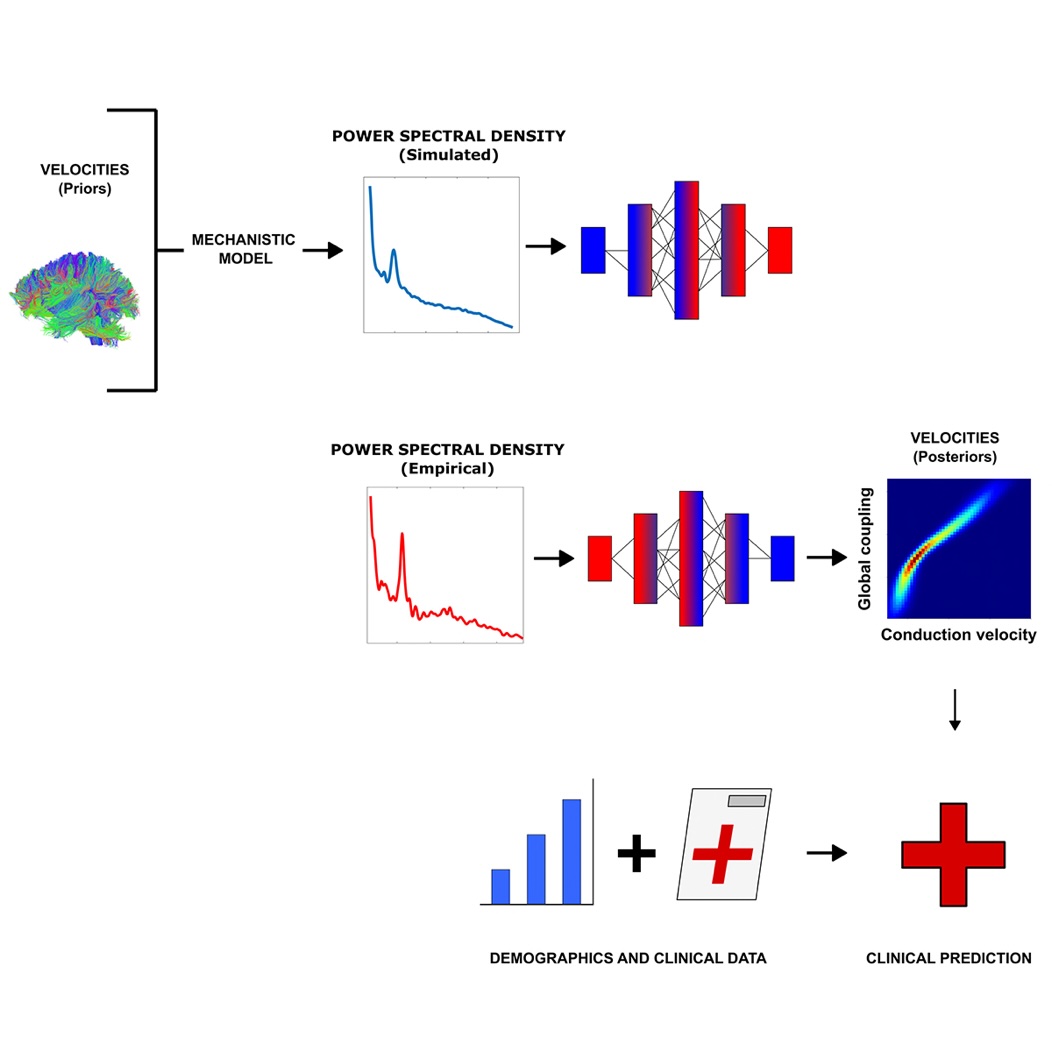New paper “The virtual multiple sclerosis patient”

The new paper “The virtual multiple sclerosis patient” presents a novel approach using diffusion tensor imaging (DTI), and magnetoencephalography (MEG), and state-of-the-art inference to create individualized virtual brain models for estimating conduction velocities in multiple sclerosis (MS) patients.
This study shows that slower conduction velocities, rather than structural lesioning, are better predictors of clinical disability in MS, highlighting a causal link between conduction delays and brain dynamics. Their findings underscore a nuanced relationship between conduction delays and large-scale brain dynamics, suggesting that individualized velocity alterations at the whole-brain level contribute causatively to clinical outcomes in MS.
For more details, consult the article by P. Sorrentino and al. here
